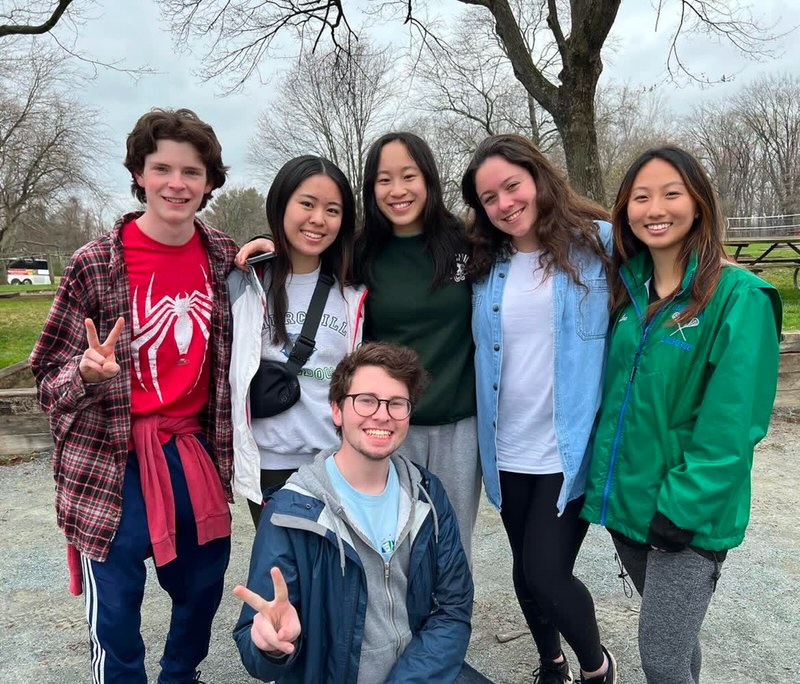For years teenagers have been getting their driver’s licenses as soon as they are of legal age. Recent studies have shown that many teens are waiting longer before beginning to drive, and instead rely on parents and friends to shuttle them around.
Whether it is due to busy schedules or technology that allows for students to socially connect with friends without leaving the comfort of their own room, this trend has become increasingly present within the past several years.
“Teens are very well connected socially and that tends to help satisfy part of the desire to spend time in person,” I Drive Smart president Tom Pecoraro said. “Plus, with all the social networking, teens can in a sense be with many people at one time while remaining home.”
Additionally, teenagers are increasingly busier, stocking up on extracurricular activities and advanced placement classes, and do not have enough time to practice driving, take driver’s education classes or go out to the MVA to obtain their learners’ permit.
“I didn’t really have the time to [get my license],” senior Paola Espinoza said. “I had swimming and I never read the book.”
In order to get a license, Maryland requires that prospective drivers complete 60 hours of supervised practice driving, ten of them which must be at night. Also, students must have completed behind the wheel, or “in-car”, training sessions and 30 hours of classroom-based driver’s education.
“You have to wait for hours just sitting and waiting,” junior Camila Studart said. “To get my test, I was there from about 8 a.m. to noon just to sit in a car for 20 minutes.”
Although some parents are scared to see their kids drive and feel it’s better to hold off before taking on such a large responsibility, others believe driving is still an essential part of growing up.
According to a Jan. 24 Washington Post article, learning to drive is a critical part of adolescence, as it teaches teens responsibility and allows them to be more independent from relying on their families.
Ultimately, the decision about when to begin driving rests with parents and teens themselves, based on their specific needs.
“Driving is a complicated activity and although fun and exciting for a new driver it should be approached with a seriousness that supports the development of safe habits,” Pecoraro said. “This will only happen when a new driver is able to progress through the process at a pace where they are comfortable.”







